Arthritis is a group of diseases in which joints deform, damage, and reduce mobility. Degeneration occurs in the articular cartilage, the rigid but flexible skeletal connective tissue covering the articular surface of the bones. The joints where inflammation has occurred become tender and painful, often preventing daily function.
Joint inflammation can have various causes. Depending on the reason, there are different treatments for arthritis. Arthritis can also take a chronic form; if left untreated, it can lead to disability.
Depending on the type of arthritis-related disease, the causes can vary. Determining the cause is crucial for diagnosis and treatment. Causes of arthritis include:

Inflammation can be the body's reaction to an injury, such as a fracture. Therefore, athletes and people with regular physical activity are at high risk for joint inflammation. Stressing the joints with too much intense and prolonged work can eventually cause arthritis. Some patients tend to have arthritis inherited from their family, i.e., genetic defects.
In addition, infections of various kinds can trigger the condition. Therefore, arthritis can accompany other diseases – for example, Lyme disease![]() , in which the action of bacteria weakens the body. There may also be problems with the immune system. An inappropriate immune system response can cause arthritis.
, in which the action of bacteria weakens the body. There may also be problems with the immune system. An inappropriate immune system response can cause arthritis.
Different types of arthritis can produce various sets of symptoms, although they are very often similar. Arthritis causes many signs in the joints that affect limited and complex movement. General symptoms of arthritis include:

The most common symptoms that make patients notice a problem are intermittent or chronic pain![]() that significantly impede daily functioning. The pain occurs in the area of the joint affected by arthritis. The pain can worsen at night, making it difficult to move in the morning.
that significantly impede daily functioning. The pain occurs in the area of the joint affected by arthritis. The pain can worsen at night, making it difficult to move in the morning.
Another characteristic symptom is joint stiffness![]() , which appears after rest. Therefore, stiffness and difficulty in moving the joints most often occur in the morning after waking up. In addition, the skin in the joint area where the inflammation occurs may become red and warmer. Swelling and even deformity may also occur. Flu-like symptoms such as fever and weakness may also take place.
, which appears after rest. Therefore, stiffness and difficulty in moving the joints most often occur in the morning after waking up. In addition, the skin in the joint area where the inflammation occurs may become red and warmer. Swelling and even deformity may also occur. Flu-like symptoms such as fever and weakness may also take place.
Arthritis is a term that covers a great many types of joint inflammation. These diseases may differ in symptoms and causes, but they are similar. Pain and discomfort in the communal area are what they have in common. Of the numerous types of arthritis, several forms are most commonly recognized, which include:
Osteoarthritis![]() is associated with joint damage and the aging process. It is the most common type of arthritis. It has a chronic condition. The disease leads to the degradation of joint cartilage and the formation of new bone at the edges of the joints.
is associated with joint damage and the aging process. It is the most common type of arthritis. It has a chronic condition. The disease leads to the degradation of joint cartilage and the formation of new bone at the edges of the joints.
When the cartilage loses elasticity and wears away, movement in the joint becomes restricted. In the advanced stage of the disease, cartilage may even disappear altogether. This causes intermittent or chronic pain. Characteristic joint stiffness also appears.
Osteoarthritis often occurs in athletes due to repeated injuries. The usual cause of degeneration is mechanical damage to the joints. Much less common causes are metabolic factors, chemicals, or genetic defects. Obesity and muscle weakness increase the risk of osteoarthritis.
Osteoarthritis treatment aims to reduce pain, preserve and improve mobility, and prevent joint damage. Osteoarthritis cannot be cured completely. But treatment can help alleviate symptoms.
Rheumatoid arthritis![]() is a chronic inflammatory disease. It attacks joints and various organs. It usually begins in young and middle age. If left untreated, it can lead to joint damage and other complications, but current treatments allow most patients to maintain function and function.
is a chronic inflammatory disease. It attacks joints and various organs. It usually begins in young and middle age. If left untreated, it can lead to joint damage and other complications, but current treatments allow most patients to maintain function and function.
The causes of this disease are not yet known. The symptoms are typical of arthritis – pain and joint stiffness. Rheumatoid arthritis develops over time, so symptoms do not appear suddenly. It may take several weeks to several months to notice the first symptoms of the disease.
However, rheumatoid arthritis can also affect other tissues throughout the body. It can cause problems in organs such as the lungs, heart, and eyes. Most likely, multiple factors need to coexist for the disease to develop. Including genetic and environmental factors, a defect in the immune system should also be considered.
Juvenile arthritis![]() occurs in people under the age of 16. It is a chronic disease of childhood. In its course, inflammatory symptoms of joints and joint cartilage, such as joint pain and swelling, appear.
occurs in people under the age of 16. It is a chronic disease of childhood. In its course, inflammatory symptoms of joints and joint cartilage, such as joint pain and swelling, appear.
The causes are unknown, so various factors are also pointed to in this case. Genetic factors and an abnormal response of the immune system are taken into account.
Juvenile idiopathic arthritis runs in periods of exacerbation and remission at each stage of developmental age. Symptoms active for a minimum of six weeks and early age indicate the diagnosis of the disease.
Juvenile arthritis can be dangerous. Sometimes, there is damage to the joints, bones, muscles, or skin. Eyes and internal organs like the lungs and heart are also exposed to health problems. Because of so much damage, the entire body's growth can be affected, i.e., short stature.
In addition, the development of particular bones can be stunted or accelerated. Treatment is very complex. Multi-step process involving drug treatment, rehabilitation, and an appropriate diet. It depends on the form of the disease and stage and the child's age.
Systemic lupus erythematosus![]() is a chronic, multi-organ rheumatic disease. It most often begins with skin lesions in the form of erythema on the face. Joint complaints and anemia also appear. The causes are unknown, but an immune basis is particularly indicated. The patient's immune system begins to work against the body.
is a chronic, multi-organ rheumatic disease. It most often begins with skin lesions in the form of erythema on the face. Joint complaints and anemia also appear. The causes are unknown, but an immune basis is particularly indicated. The patient's immune system begins to work against the body.
In the course of the disease, many organs and tissues are damaged. Lupus most often attacks different types – for example, the knee or wrist. Sometimes the pain is also accompanied by swelling. Pain can move from one joint to another. This systemic inflammatory disease has periods of exacerbation and years of remission.
Due to its heterogeneous clinical picture and rarity, diagnosing systemic lupus erythematosus is difficult. It requires several specialized tests. Current treatments can only slow the progression of the disease.
The use of medications for lupus is usually chronic. Ongoing treatment is necessary to monitor the condition and to counteract exacerbations. In some cases of lupus exacerbation, inpatient treatment is needed.
Ankylosing spondylitis![]() has a chronic form. It is an inflammatory condition of the spine. The course of the disease is slow, and over time it attacks other areas of the body, such as the knee joints.
has a chronic form. It is an inflammatory condition of the spine. The course of the disease is slow, and over time it attacks other areas of the body, such as the knee joints.
Calcium salts are deposited in the ligaments of the spine. This leads to a gradual stiffening of the body and limited spinal mobility in the inflamed areas. The characteristic symptom is pain radiating from the spine to other body parts. Patients cannot straighten up in this disease, so they maintain a hunched posture.
The exact cause is not understood, but the disease is believed to have a genetic basis. Treatment is aimed at slowing the progression of the disease. Pharmacological and surgical treatment is possible. Physiotherapy is also indicated.
Joint inflammation can also occur due to a disease such as psoriasis. Psoriatic arthritis![]() is a chronic inflammatory disease. It usually affects people who have psoriasis, although there may be other causes. For example, factors such as chronic stress and mechanical joint injuries can contribute to inflammation.
is a chronic inflammatory disease. It usually affects people who have psoriasis, although there may be other causes. For example, factors such as chronic stress and mechanical joint injuries can contribute to inflammation.
Psoriatic arthritis is often confused with rheumatoid arthritis because of the similarity of symptoms. The most typical symptoms of psoriatic arthritis are joint soreness and stiffness. The joints are usually swollen, and the skin is red. Patients may develop finger deformities and nail changes.
Some patients suffer from conjunctivitis. In the advanced stage of the disease, joint deformities become apparent. Psoriatic arthritis sometimes contributes to the accelerated development of atherosclerosis.
There are therapeutic methods that not only relieve pain but can effectively inhibit inflammation in the joints, thus stopping degenerative processes. Used for this purpose are drugs and physical therapy. Sometimes surgical procedures are needed.
Gout![]() is a disease for which extraordinarily violent and painful arthritis is specific. It is a chronic disease with periods of acute attacks of arthritis and almost complete remission. Gout symptoms occur in episodes in the form of acute arthritis – a sudden attack of severe pain and swelling.
is a disease for which extraordinarily violent and painful arthritis is specific. It is a chronic disease with periods of acute attacks of arthritis and almost complete remission. Gout symptoms occur in episodes in the form of acute arthritis – a sudden attack of severe pain and swelling.
The direct cause of gout is the deposition of sodium urate crystals in the joints, tendons, and adjacent tissues. An increase in uric acid concentration contributes to the formation of crystals. It occurs when uric acid metabolism in the body is disturbed.
The increased concentration of uric acid in the blood is due to reduced efficiency of the kidneys. Uric acidosis can also occur due to an improper diet or genetic predisposition.
In the diagnosis of gout, it is recommended to perform a uric acid concentration. Gout treatment aims to relieve pain quickly and prevent future gout attacks. Pharmacological treatment is used for this.

Arthritis is a group of diseases in which the articular cartilage degenerates. The inflammation causes a restriction of mobility, resulting in the appearance of arthritis symptoms. Inflammatory joint disorders are not limited to the joints alone, so distinguishing between them can sometimes be challenging.
For this purpose, various diagnostic methods are carried out. First, medical history![]() to analyze the symptoms present is of great importance. Next, the doctor recommends multiple tests. These include:
to analyze the symptoms present is of great importance. Next, the doctor recommends multiple tests. These include:
Sometimes, multiple tests are necessary to identify a disease correctly. Incorrect diagnosis can lead to inadequate treatment, which leads to disease progression. Most often, the first and basic test is a general blood test.
Treatment of arthritis is usually aimed at relieving symptoms. Also, stopping or slowing the progression of the disease is crucial. A complete cure is only sometimes possible, and treatments vary depending on the type of disease. The earlier the ailment is diagnosed, the more influential the treatment. Treatment options for arthritis include:
Patients who have arthritis are most often given anti-inflammatory![]() and analgesic drugs. These medications relieve pain and reduce inflammation in the joints. Disease-modifying
and analgesic drugs. These medications relieve pain and reduce inflammation in the joints. Disease-modifying![]() drugs that slow down destructive processes are also used.
drugs that slow down destructive processes are also used.
In some acute cases, surgical treatment is necessary. The fusions involve removing the remnants of articular cartilage and fusing the bones. Then, the joint remains immobilized, but this is the only method to eliminate chronic pain. Joint replacements![]() , an orthopedic surgical procedure for joints, are also possible. It involves cutting out the diseased part of the joint or all of it and replacing it with artificial surfaces.
, an orthopedic surgical procedure for joints, are also possible. It involves cutting out the diseased part of the joint or all of it and replacing it with artificial surfaces.
Treatment of arthritis is very often based on physiotherapy![]() , which supports drug treatment. Physiotherapy is a type of rehabilitation that aims to improve movement. Simple exercises for a given joint are recommended. Various treatments, such as massages, are also possible.
, which supports drug treatment. Physiotherapy is a type of rehabilitation that aims to improve movement. Simple exercises for a given joint are recommended. Various treatments, such as massages, are also possible.
A proper diet![]() can also improve treatment. Sick joints need collagen, so enriching the home diet with gelatin is worth supplementing.
can also improve treatment. Sick joints need collagen, so enriching the home diet with gelatin is worth supplementing.
Changing habits is sometimes required. Patients suffering from joint pain often avoid physical activity![]() , which is a mistake. Moderate movement is advisable to keep the affected joints mobile and to strengthen the strength of the muscles around them.
, which is a mistake. Moderate movement is advisable to keep the affected joints mobile and to strengthen the strength of the muscles around them.
It is also a good idea to give up stimulants such as cigarettes. Recent studies indicate that compulsive smokers are much more likely to develop arthritis.

Arthritis is a group of diseases associated with inflammation around the joints. There are a variety of arthritis that differ in symptoms and causes. Most often, arthritis is accompanied by pain, restriction of mobility, and sometimes swelling. Problems with the immune system can cause arthritis.
Diagnosing the type of arthritis can be difficult due to the similarity of symptoms. Various tests are performed to make the diagnosis, including blood tests. There are several treatment methods for arthritis. The most common are drug treatment and physiotherapy.
Arthritis should not be underestimated. Medical help should be sought after the onset of painful symptoms. Untreated arthritis can lead to complications, including physical disability.
Table of Contents
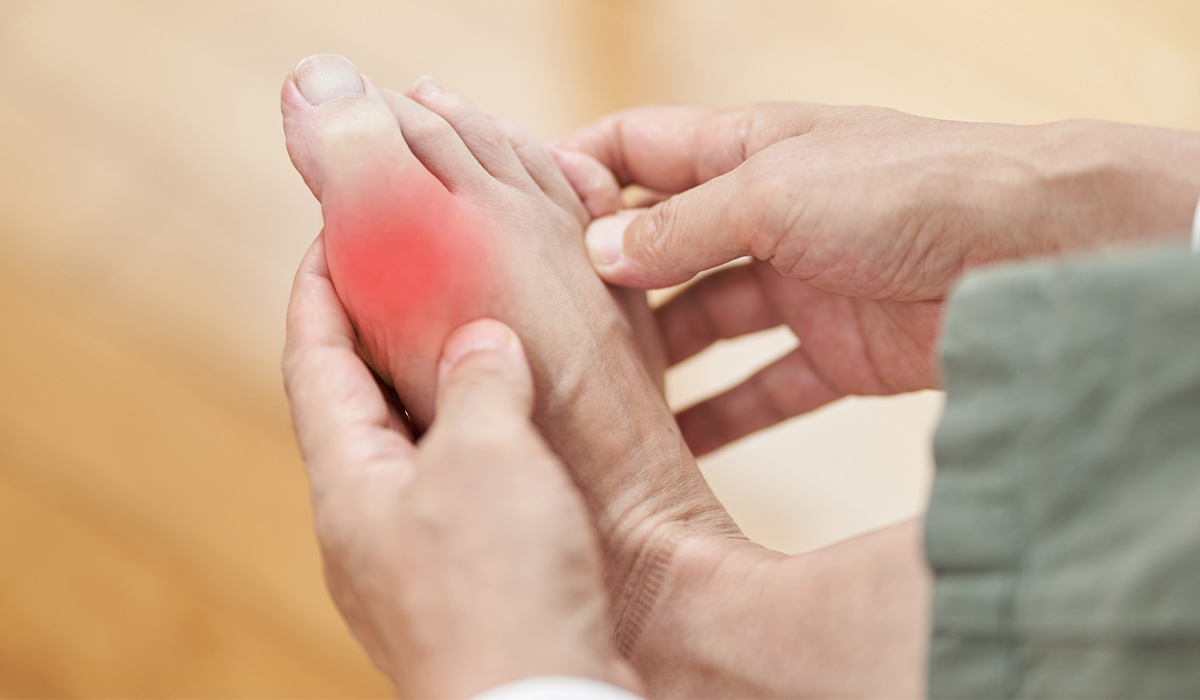
About 3.9% of the adult population in the USA is affected by gout, a painful form of arthritis that affects… read more »

Psoriatic arthritis is a long-lasting inflammatory disease of the joints in patients with psoriasis, which can cause joint destruction and… read more »
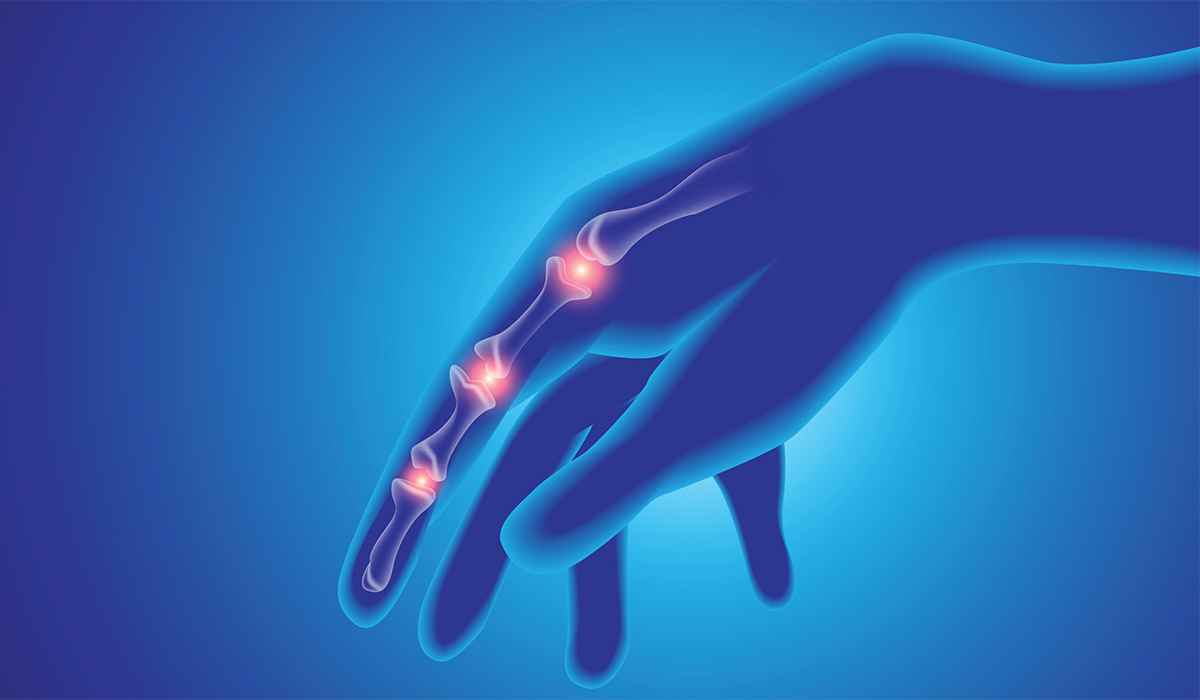
Rheumatoid arthritis is a chronic, progressive autoimmune joint disease. What are its causes? What are the symptoms of the disease… read more »
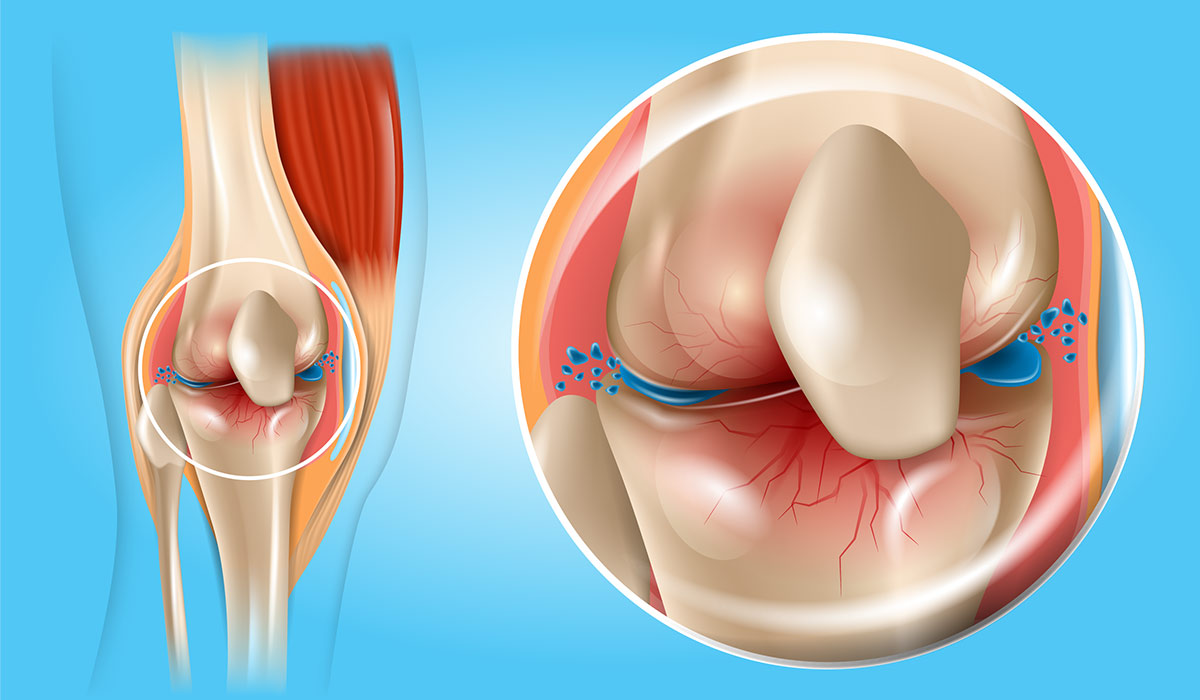
Osteoarthritis is a disease that most often affects children and the elderly. What are its causes? How can it be… read more »

It is a common concept that the knee is one of the most complex parts of the human body. The… read more »
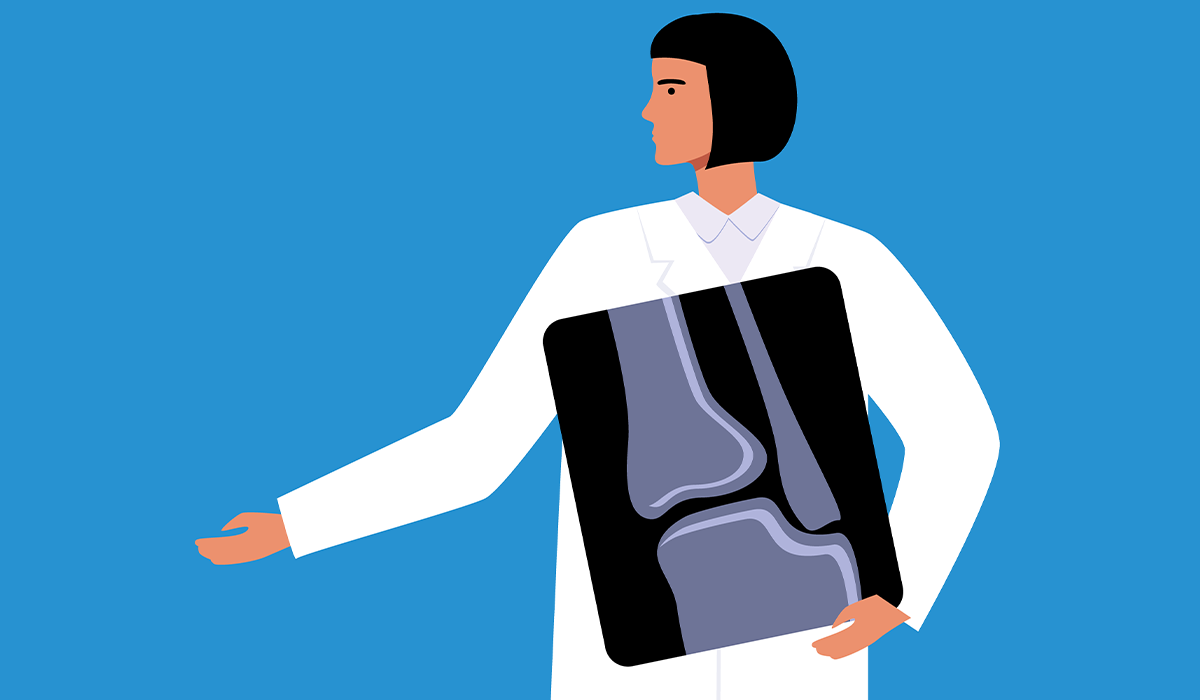
A rheumatologist is a doctor who specializes in rheumatic diseases, which are diseases of joints, muscles, and bones. What tests… read more »
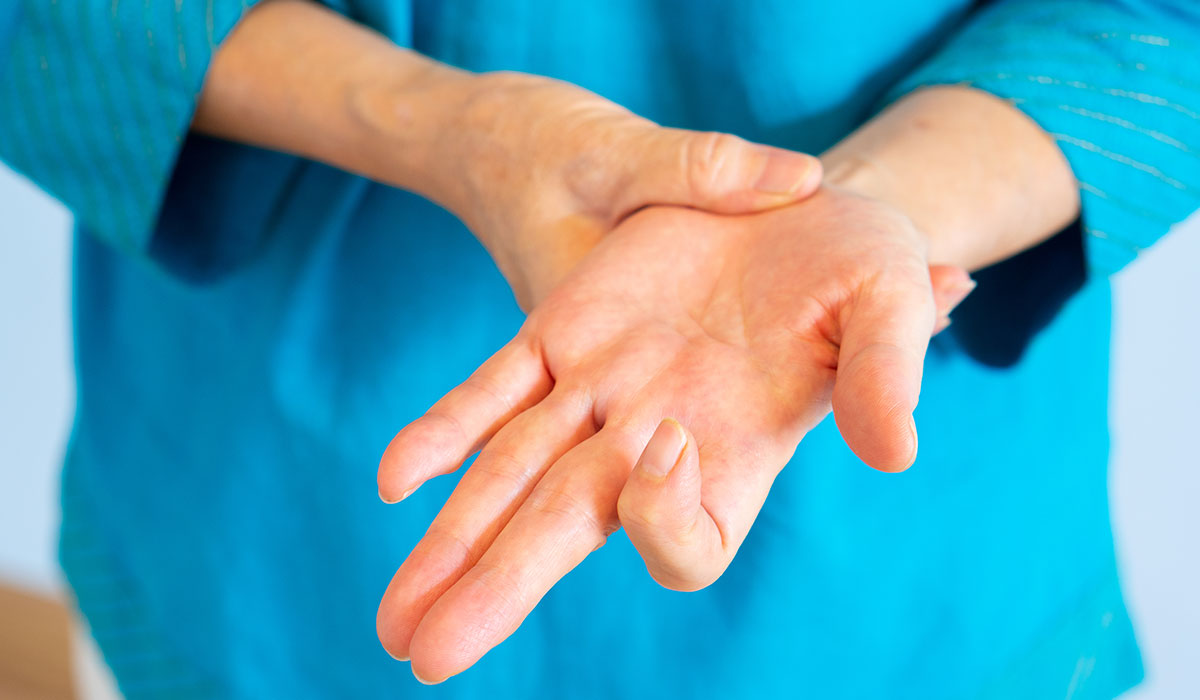
Trigger finger is a condition that impairs daily functioning. The effectiveness of treatment depends on the severity of the symptoms.… read more »
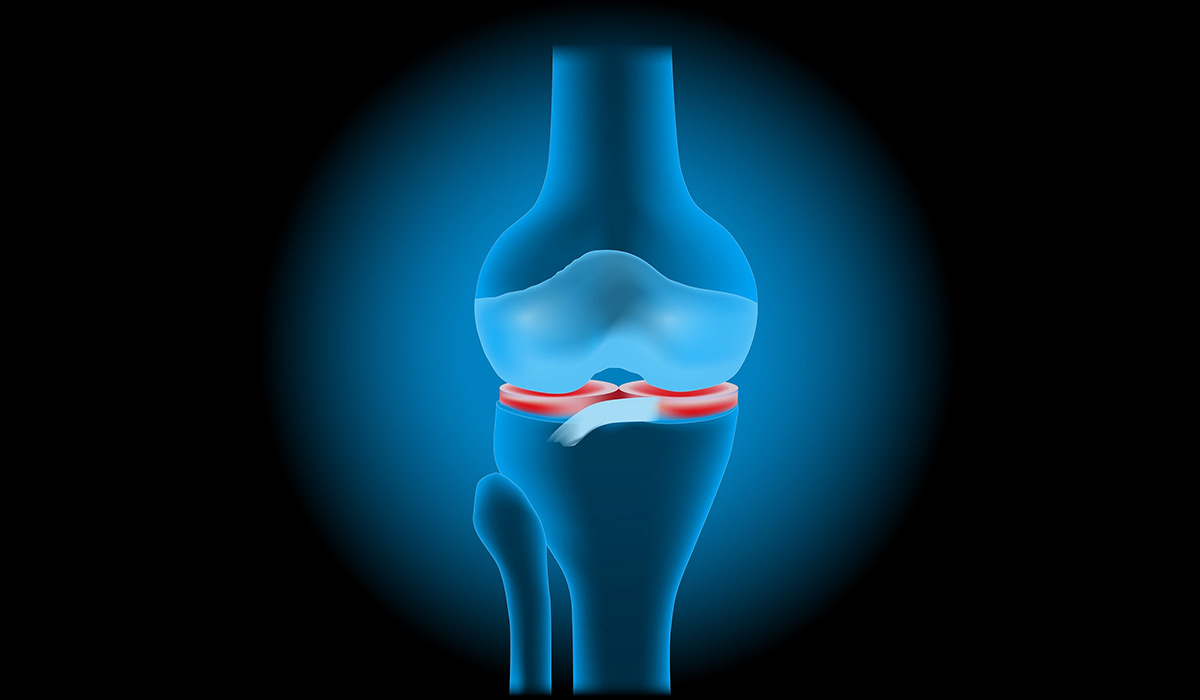
The knee joint comprises an extraordinary portion of the meniscus. It comprises of two crescent-shaped bits of cartilage. Settled between… read more »
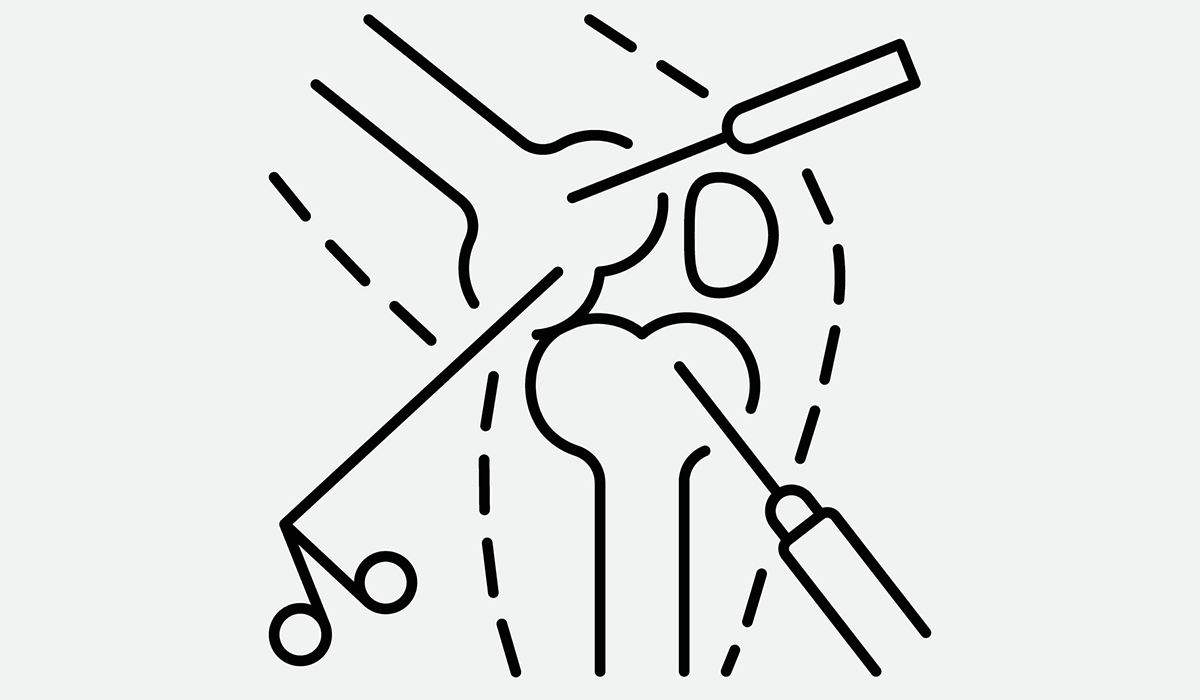
Arthroscopy is a minimally invasive surgical procedure used to diagnose and treat joint problems. When is it done? What to… read more »